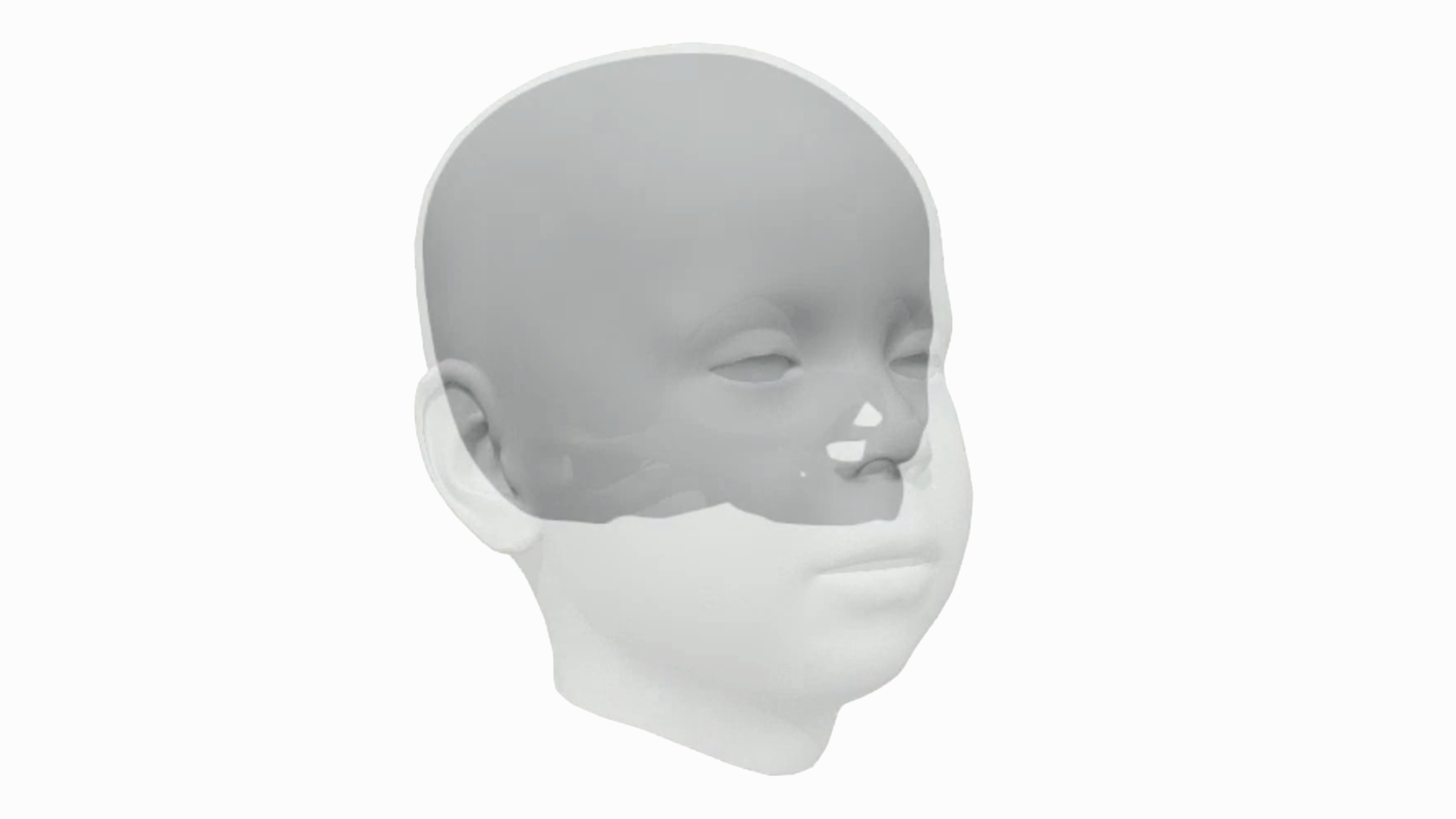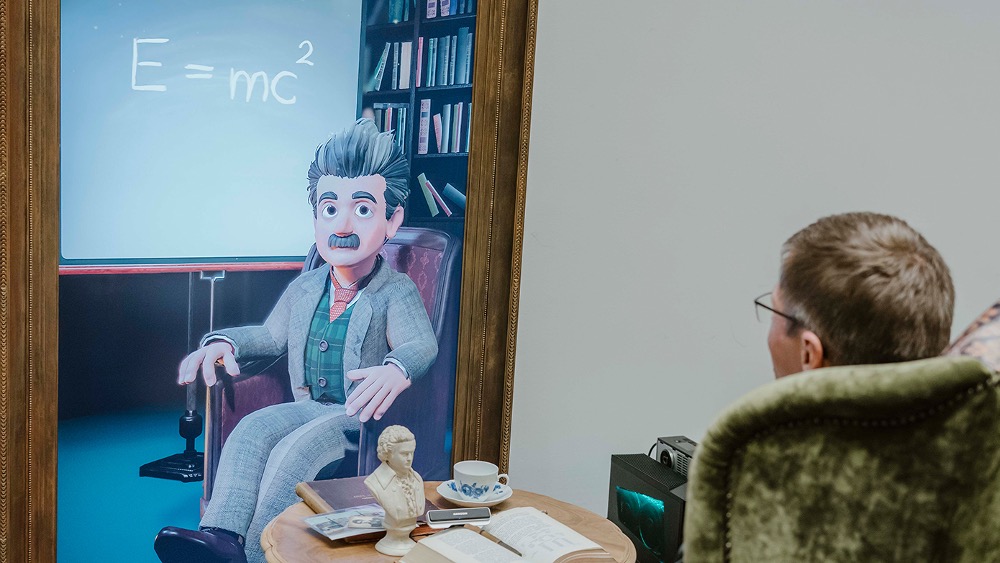


Together with Align Technology and the University of Geneva, we push the frontiers of the medical metaverse by developing data-driven methods for 3D patient modeling and physics-based simulation of soft tissue changes arising from orthodontic treatments.
Read More
In collaboration with USB, we learn 3D anatomical shape models of infants, including the facial surface and bones, from uncontrolled and incomplete data, addressing a critical gap in computer graphics and medical applications by focusing on the youngest among us.
Read More
With Disney Research | Studios we develop a methods to inject physics into face animation technologies. By treating the face as an actuated soft body, we can leverage differentiable physics and neural networks to animate expressions.
Read More
Digital characters are increasingly used in entertainment, education or customer support. We develop methods for data-driven animation synthesis to enable expressive and engaging conversational stylized characters.
Read More
Identification of affective states enables the design of emotionally sentient systems. We have developed methods for affective state prediction based on camera recordings, low cost mobile biosensors, handwriting data, and smartphone touch and sensor data.
Read More
Artistically controlling the shape, motion and appearance of fluid simulations pose major challenges in visual effects production. We use differentiable simulation and physics-informed neural networks for style transfer, keyframe matching and artistic deformation.
Read More